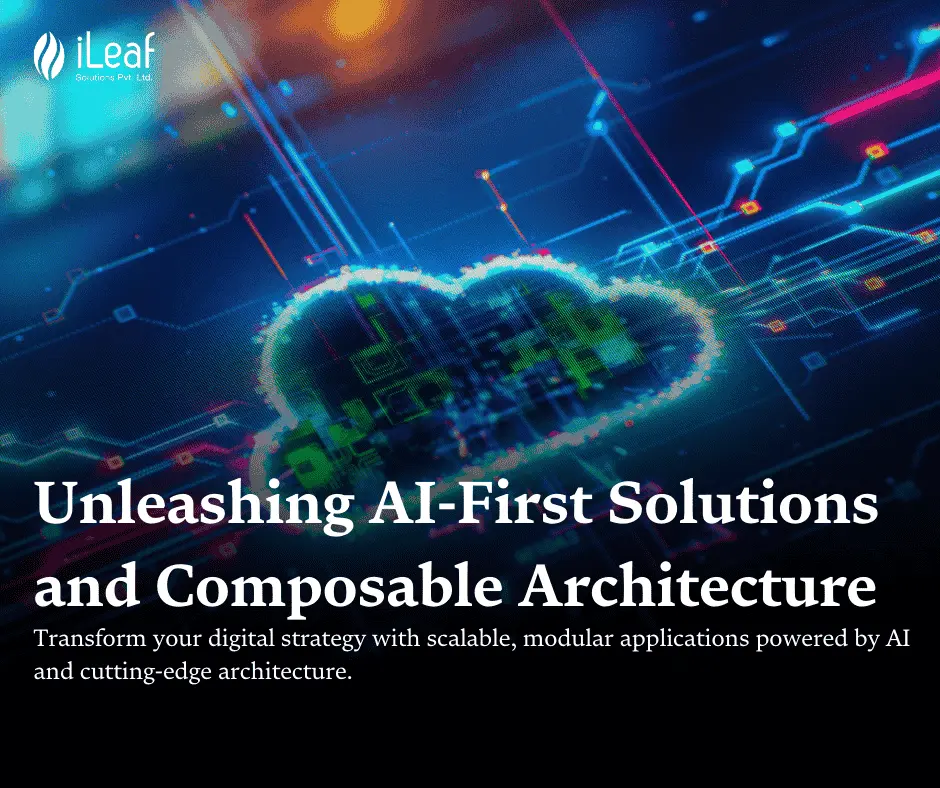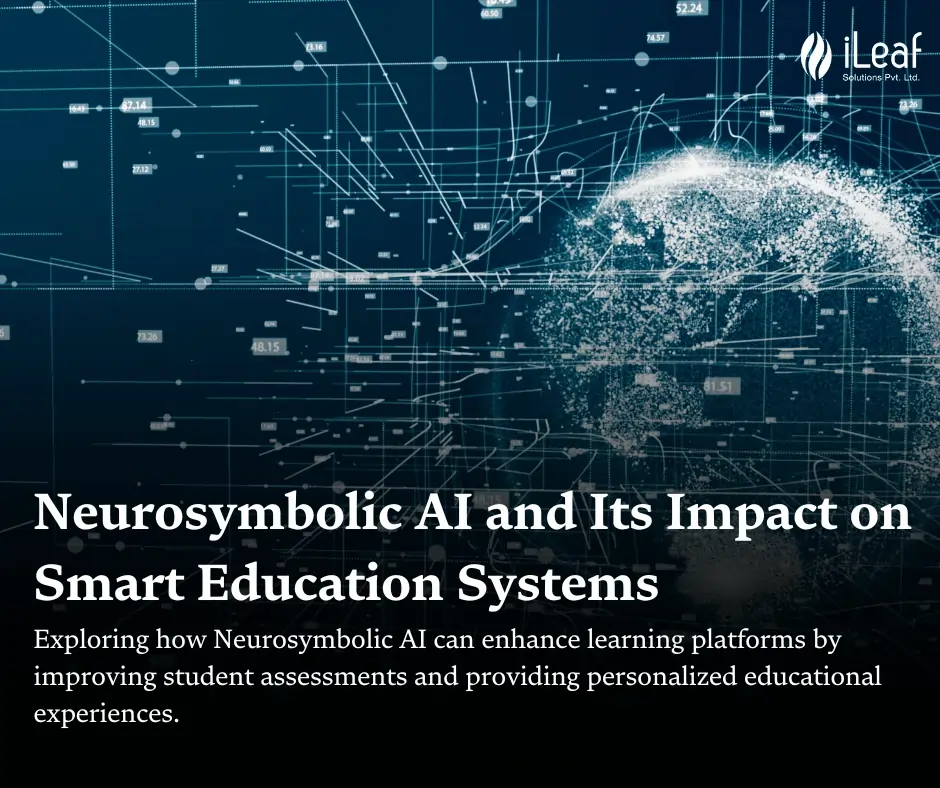Harnessing AI-First Solutions and Composable Architecture for Scalable, Modular Applications

Table of Contents
- Introduction
- Understanding Composable Architecture
- Benefits of Adopting a Composable Approach
- Key Features that Make Up a Successful Composable Architecture Strategy
- Realizing the Full Potential of Composability: Practical Steps for Implementation
- Looking Ahead: The Future Landscape Shaped by Emerging Technologies Combined Together with Scalable Application Designs
- Conclusion
Introduction
In today's rapidly evolving technological landscape, businesses are under immense pressure to innovate and deliver exceptional customer experiences. To achieve this, they need scalable, modular applications that can adapt to changing market demands and technological advancements. One powerful approach to building such applications is by combining AI-first solutions with composable architecture.
Understanding Composable Architecture
Composable architecture is a design paradigm that breaks down large, monolithic applications into smaller, independent components or microservices. These components can be reused, combined, and replaced as needed, offering greater flexibility, scalability, and maintainability. By adopting a composable approach, businesses can build applications that are more agile, resilient, and responsive to changing requirements.
Benefits of Adopting a Composable Approach
Increased Agility: Composable architecture enables businesses to rapidly adapt to changing market conditions by adding, removing, or modifying components without affecting the entire application.
Improved Scalability: By breaking down applications into smaller, independent components, businesses can scale individual components as needed, ensuring optimal performance and resource utilization.
Enhanced Maintainability: Composable architecture makes it easier to manage and update applications, as changes can be isolated to specific components, reducing the risk of unintended consequences.
Reduced Time to Market: By leveraging reusable components and standardized APIs, businesses can accelerate application development and reduce time to market.
Key Features that Make Up a Successful Composable Architecture Strategy
Microservices: Small, independent services that perform specific functions and communicate with each other via APIs.
API-First Design: Prioritizing the design and development of APIs to facilitate integration and interoperability between components.
Event-Driven Architecture: Using events to trigger actions and communicate between components, enabling loose coupling and asynchronous processing.
DevOps and CI/CD: Implementing DevOps practices and continuous integration/continuous delivery pipelines to automate the development, testing, and deployment of components.
Cloud-Native Technologies: Leveraging cloud-native technologies such as containers, serverless computing, and Kubernetes to support composable architectures.
Realizing the Full Potential of Composability: Practical Steps for Implementation
Identify Use Cases: Determine which areas of your business can benefit from composable architecture, such as customer experience, product development, or operations.
Define Components: Break down your application into smaller, independent components based on business functions or domains.
Choose Technologies: Select appropriate technologies and frameworks for building and managing your components, such as microservices architectures, API gateways, and container orchestration platforms.
Implement APIs: Design and develop well-defined APIs for communication between components, ensuring interoperability and reusability.
Test and Iterate: Thoroughly test your components and the overall application to identify and address any issues. Continuously iterate and improve your composable architecture based on feedback and evolving requirements.
Looking Ahead: The Future Landscape Shaped by Emerging Technologies Combined Together with Scalable Application Designs
As AI continues to advance and new technologies emerge, the potential for composable architecture to transform application development will only grow. By combining AI-first solutions with composable architectures, businesses can create intelligent, adaptable, and scalable applications that meet the demands of the digital age.
Some emerging technologies that will likely play a significant role in shaping the future of composable architectures include:
AI and Machine Learning: Integrating AI and machine learning capabilities into components to enable intelligent decision-making and automation.
Edge Computing: Deploying components closer to data sources to reduce latency and improve performance in real-time applications.
Low-Code/No-Code Platforms: Empowering developers and non-technical users to build and customize components more efficiently.
Conclusion
Composable architecture offers a powerful approach to building scalable, modular applications that can adapt to changing market demands and technological advancements. By combining composable architecture with AI-first solutions, businesses can create intelligent, adaptable, and high-performing applications that deliver exceptional customer experiences.
Are you ready to unlock the potential of composable architecture and AI-first solutions for your business? Start exploring these technologies today and discover how they can help you build more agile, scalable, and innovative applications.














